Root Pruning Japanese Maples
tillygrower
12 years ago
Featured Answer
Sort by:Oldest
Comments (15)
peapod13
12 years agotapla (mid-Michigan, USDA z5b-6a)
12 years agoRelated Professionals
River Forest Landscape Architects & Landscape Designers · South Elgin Landscape Architects & Landscape Designers · Pelham Landscape Contractors · Gurnee Landscape Contractors · Hayden Landscape Contractors · Santa Ana Landscape Contractors · Fontana Solar Energy Systems · Auburn Window Contractors · Albany Fence Contractors · Carlsbad Fence Contractors · Chicago Fence Contractors · Daly City Fence Contractors · Ken Caryl Fence Contractors · Palmetto Fence Contractors · Prior Lake Fence Contractorspeapod13
12 years agotillygrower
12 years agoHU-451962315
2 years agotapla (mid-Michigan, USDA z5b-6a)
2 years agoJ B
last monthgardengal48 (PNW Z8/9)
last monthJ B
last monthlast modified: last monthJ B
last monthtapla (mid-Michigan, USDA z5b-6a)
last monthMichele Rossi
last monthkitasei2
last monthtapla (mid-Michigan, USDA z5b-6a)
last month
Related Stories

TREES11 Japanese Maples for Breathtaking Color and Form
With such a wide range to choose from, there’s a beautiful Japanese maple to suit almost any setting
Full Story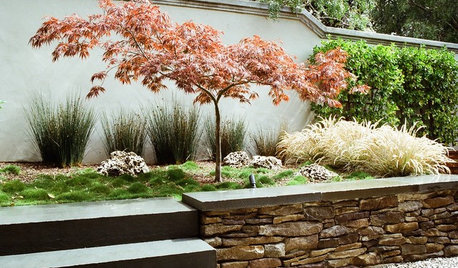
GARDENING AND LANDSCAPINGGreat Design Tree: Japanese Maple
Lacy form and fiery fall color make Japanese maple a welcome tree for garden or patio
Full Story
GARDENING GUIDES12 Japanese Maples for a Sunny Garden
The right maple in the right place shines in hot summer sun
Full Story
TREESGreat Design Plant: Coral Bark Japanese Maple, a Winter Standout
Go for garden gusto during the chilly season with the fiery red stems of this unusual Japanese maple
Full Story
GARDENING GUIDES13 Japanese Maples for Shade
A surprising variety of these understory trees is waiting to make a statement in your shade garden
Full Story
ARTThe Beauty of Bonsai — Living Art, Rooted in Harmony
Create your own emblem of nature's balance with an art form dating back 1,000 years
Full Story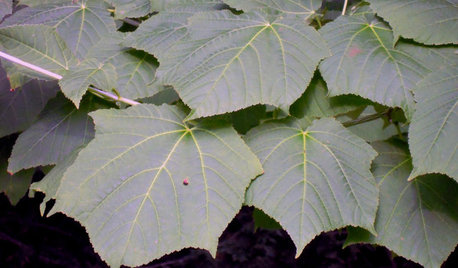
GARDENING GUIDES5 Amazing Small Maple Trees
There's more to maples than syrup. Expand your maple milieu with any of these 5 small and unusual trees
Full Story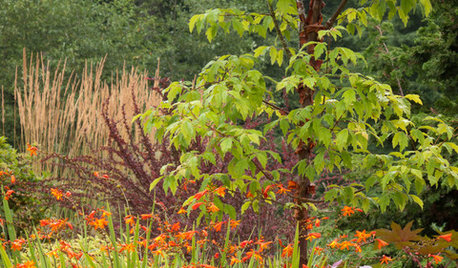
GARDENING GUIDESGreat Design Plant: Paperbark Maple
With fall foliage like a sunset and bark the color of cinnamon, this tree is a highlight of the landscape
Full Story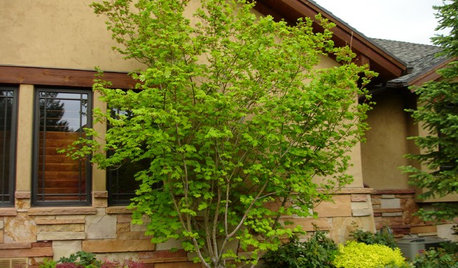
LANDSCAPE DESIGNGreat Design Plant: Vine Maple
Exciting year-round color and adaptability make this highly ornamental native small tree a top choice for home gardens
Full Story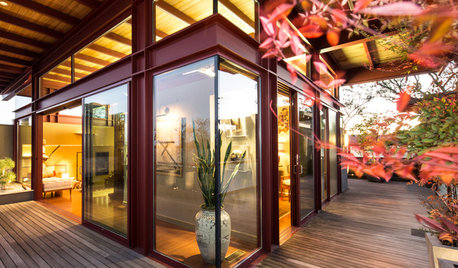
APARTMENTSHouzz Tour: Modern Japanese Penthouse Atop a Designer’s Office
Vintage obis, petrified wood, Samurai armbands and antique fans are just a few of the materials that warm this California apartment
Full Story





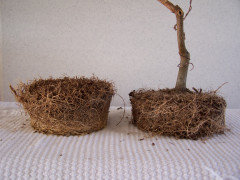

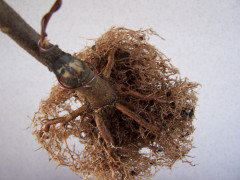
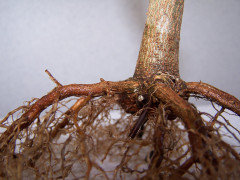

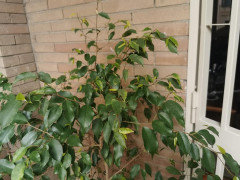
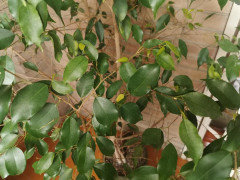
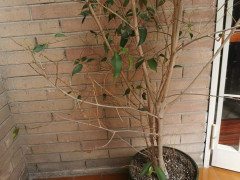


tapla (mid-Michigan, USDA z5b-6a)